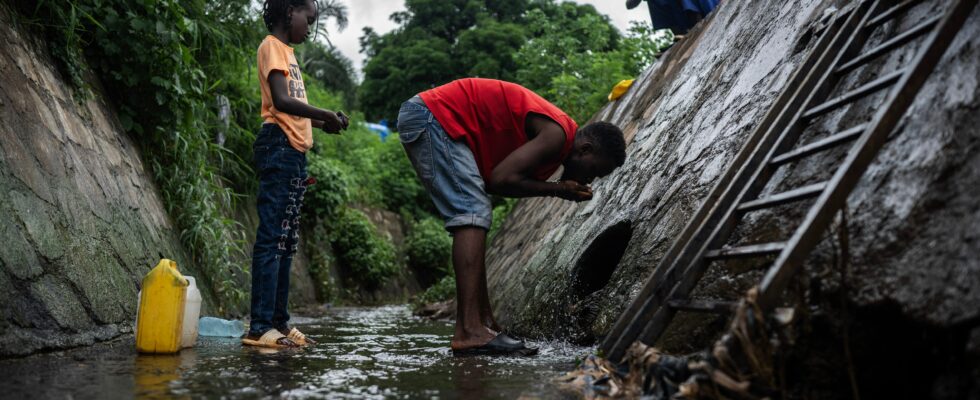The cholera epidemic in Mayotte, which has left at least five people dead, appears to be under control. At least for now. “Since the first case in March, we have 221 confirmed cases, but not one more since July 12,” says Sergio Albarello, the brand new director of the Regional Health Agency (ARS) of Mayotte, confirming July 30th bulletin of Public Health France. A “more serene, reassuring” situation, he comments, but which does not yet allow us to cry victory. “As in all epidemics, there are phases of trough and peak. Here, it is a clearly marked trough.”
A success that can be credited to a discreet change in strategy, as L’Express reported last July, which consisted of launching a mass vaccination campaign for vulnerable populations living in the many shanty towns of Mayotte, densely populated and without access to clean water. Since the start of the crisis, more than 20,000 people have received a vaccine, including 10,500 since July. And 20,000 more people should benefit, according to the High Council of Public Health (HCSP). “I am very happy that the strategy put in place, the work of the ARS, but also of all the healthcare staff and the associative environment of the territory, is paying off”, rejoices Sergio Albarello.
Duration of the vaccine, access to drinking water: fears remain
The fact remains that while the two vaccines that France has obtained – Vaxchora and Dukoral – are 85% effective against the disease and reduce transmission, their protection period does not exceed six months in children, and two years maximum in adults. The vaccine solution therefore appears to be temporary at the very least, or at least inevitably associated with new future injections. Except that the number of doses is limited. Not only is the global market already saturated with orders (demand from Africa, but also from neighboring Comoros, is exploding), but before the crisis, France had a stock of only a few thousand doses. And for good reason, our country had not experienced a cholera epidemic for… 132 years.
If vaccines therefore allow for an emergency response, the eradication of cholera will only be possible through connection to clean water and functional sewers, all the experts point out. Cholera is, in fact, a waterborne disease: it is transmitted mainly through water (but also through contaminated food and human-to-human contact). “In agreement with the prefecture, we have installed 120 ramps [NDLR : des systèmes de tuyaux et de robinets d’eau potable] available to vulnerable populations,” the ARS is keen to point out.
Except that a real sanitation system for these areas would be a much better asset against the epidemic. “This is not the responsibility of the ARS. Our role is to ensure that the water is drinkable,” defends Sergio Albarello, who nevertheless adds that it is necessary to “densify these two pillars”. In the meantime, no sustainable strategy – no infrastructure project – has yet been announced by the prefecture. No doubt for fear of stirring up an already tense situation on the island, where part of the local population actively campaigns against Comorian immigration, a large part of whom live in shanty towns.
